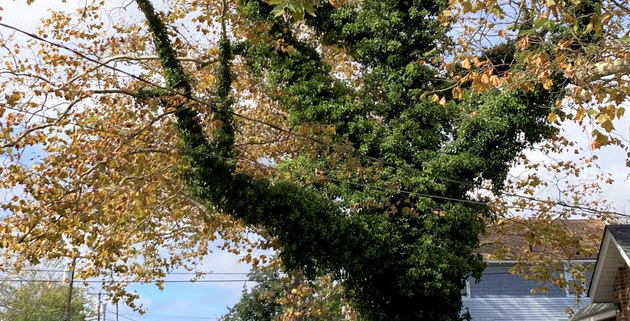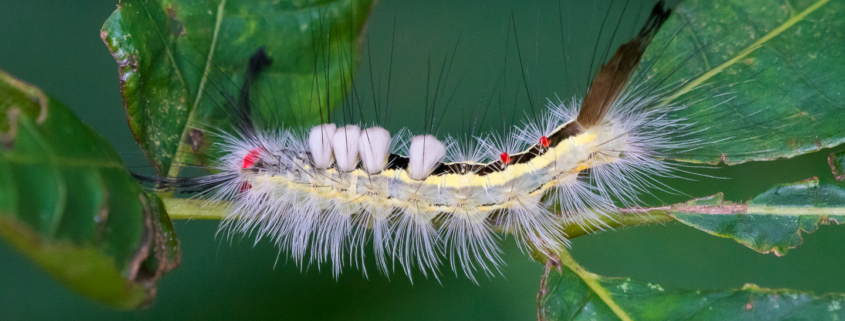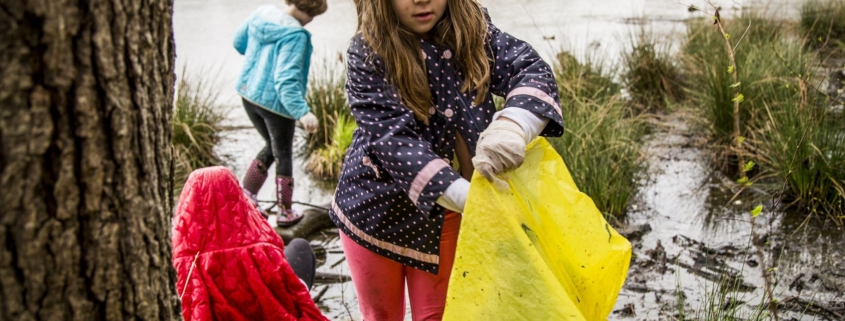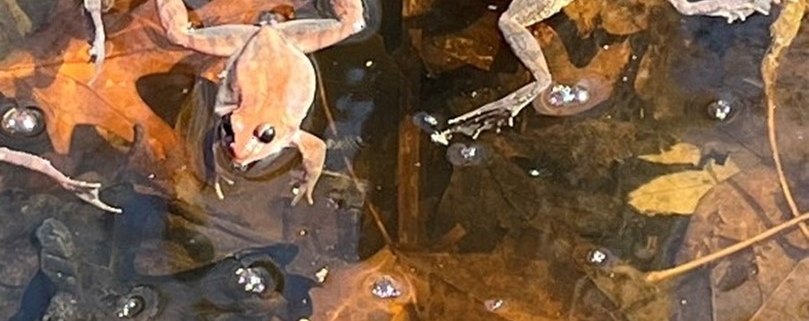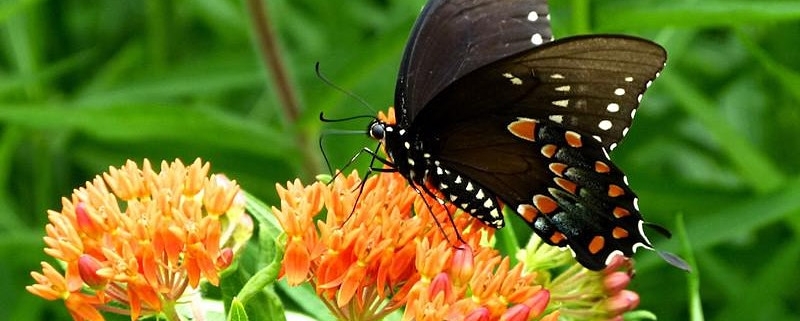Photo courtesy of Plant NOVA Natives
Northern Virginia’s oldest and best-loved trees are in danger, and the threat is in plain sight – and yet there are few who can see it.
But help is on the way! Tree Rescuers – a new community education and outreach program – is shining a light on non-native invasive vines, which pose a mortal threat to millions of mature trees in Northern Virginia.
More than 130 people from neighborhoods across Northern Virginia have already volunteered with Tree Rescuers, a new campaign sponsored by Plant NOVA Trees and aimed at preserving our area’s mature trees.
“We were amazed at how many people were ready to do something like this for the trees but didn’t know how to get started,” said Margaret Fisher, one of the coordinators of Plant NOVA Trees. “This is a great time to start, since the leaves are down and the vines can be seen more easily.”
As many as three million trees in Northern Virginia may be at risk, said Fisher.
Many people are unaware that invasive vines like English Ivy can eventually make a tree hazardous (and expensive to remove). Tree Rescuers volunteers learn how to identify problematic vines, then walk their neighborhoods spotting trees that need help.
The Tree Rescuers don’t remove any vines themselves, but they warn landowners by dropping off a brochure explaining the problem and ways to fix it.
Data gathered by Tree Rescuers will also help improve knowledge of the actual number of trees at risk, since the collected data is being aggregated and mapped. A map of neighborhoods surveyed can be viewed here.
Tree Rescuers is part of Plant NOVA Trees, a five-year campaign by local governments and nonprofit organizations to increase tree cover in Northern Virginia. Native trees are a key part of the solution to many community problems, from extreme weather and air and water quality to the health of birds, wildlife, and the Chesapeake Bay.
For more details about Tree Rescuers, or to volunteer, click here.



